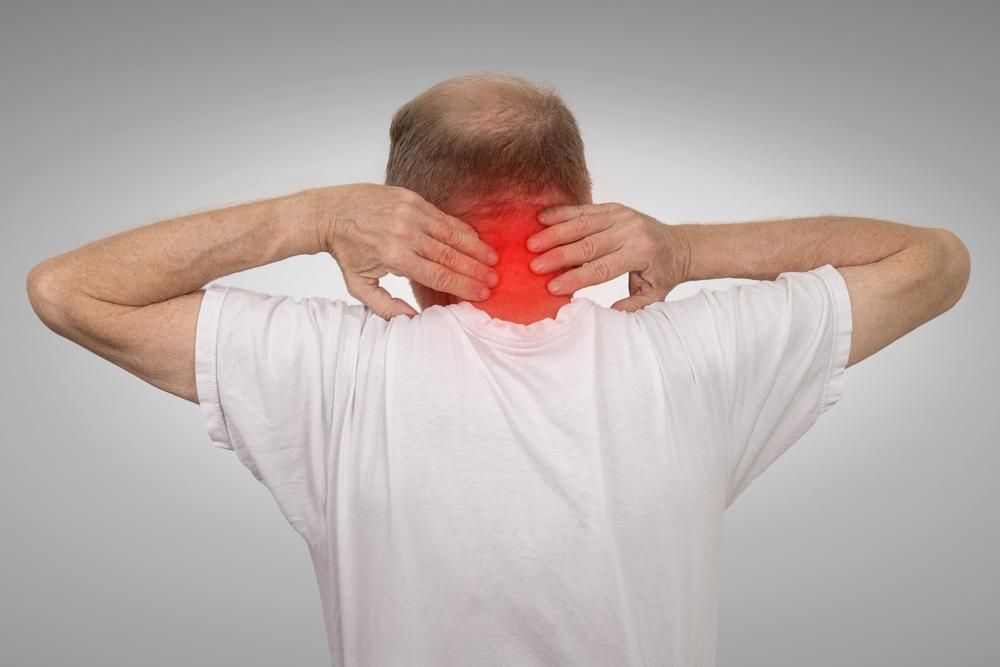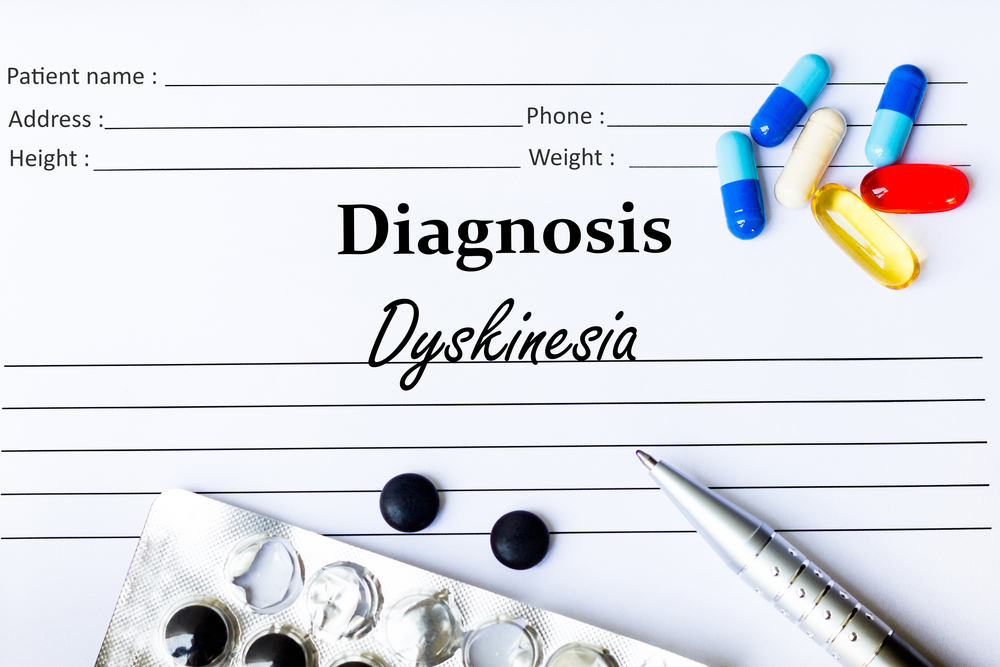Understanding Dyskinesia: Symptoms, Causes, and Insights
Dyskinesia is a movement disorder involving involuntary muscle movements caused by medications, brain injury, or neurological conditions. Symptoms range from minor twitches to severe movements, often affecting those with Parkinson’s disease or on antipsychotics. Understanding its causes, symptoms, and management options is essential for proper care. Recognizing triggers like stress and long-term medication use helps in early intervention. This comprehensive overview provides insights into diagnosis and treatment avenues for individuals affected by dyskinesia.

Understanding Dyskinesia: Symptoms, Causes, and Insights
Dyskinesia is a neurological movement disorder characterized by involuntary muscle contractions. It predominantly affects the head, limbs, or entire body, sometimes accompanied by discomfort or pain. The severity varies from mild twitches to debilitating movements, which can interfere with daily life. Its occurrence is common in individuals with Parkinson’s disease, often linked to long-term levodopa therapy. The disorder can also manifest due to brain injuries or use of antipsychotic medications, affecting people beyond Parkinson’s patients. The unpredictable nature of symptoms makes management challenging.
Individuals with brain trauma or those on antipsychotics may develop dyskinesia, with movements ranging from slight twitches to full body involuntary actions.
Key facts about dyskinesia
Initial symptoms may include minor fidgeting or abnormal movements in one limb or hand, such as tremors.
The root causes vary based on the type of dyskinesia present.
Autism-related dyskinesia may respond to behavioral therapy.
Mild symptoms that do not impair daily functioning might not require treatment.
Signs and Symptoms
Symptoms differ among individuals. Some experience small, unnoticed movements, while others face more intense, widespread involuntary actions. Symptoms often progress over time and may intensify due to brain injuries or trauma. Unlike Parkinson’s tremors, dyskinesia movements are distinct. Stress or emotional excitement can trigger episodes. Common symptoms include:
Wriggling or writhing motions
Body swaying
Twitching or jerking
Fidgeting
Head movements
Restlessness
Underlying Causes
The primary cause is prolonged use of levodopa, a medication used to manage Parkinson’s disease. Younger patients on higher doses or longer treatment durations are more susceptible. Since Parkinson’s involves dopamine deficiency, levodopa helps replenish dopamine but can lead to involuntary movements after extended use. Tardive dyskinesia may also occur due to certain antipsychotic drugs. Although the exact mechanism remains unclear, imbalances in brain chemicals such as dopamine, serotonin, and glutamate are suspected contributors.










